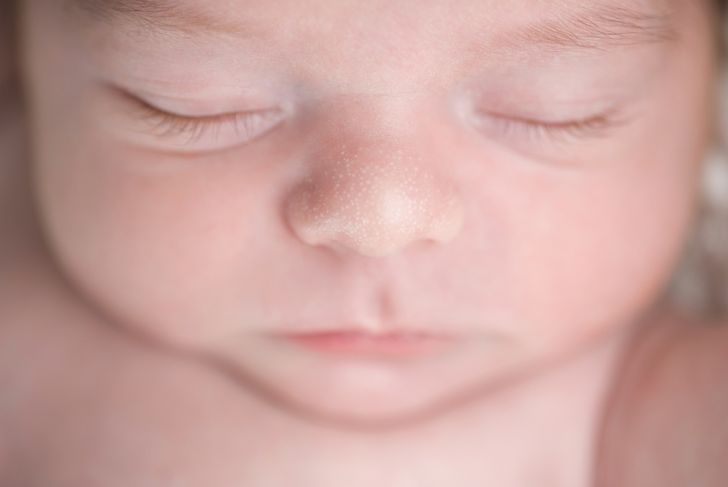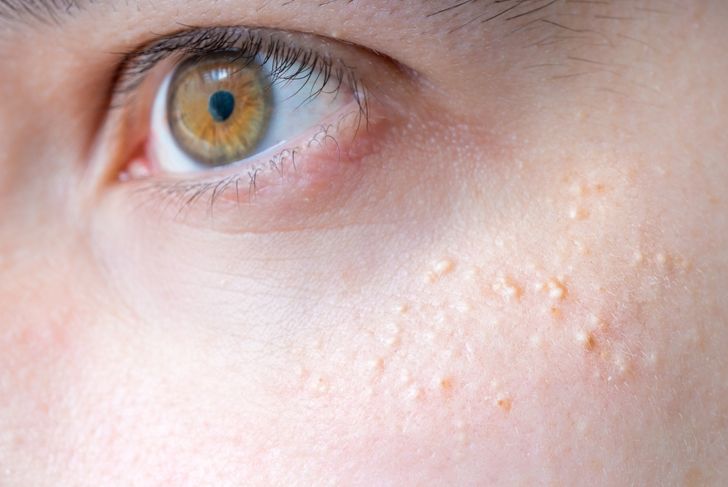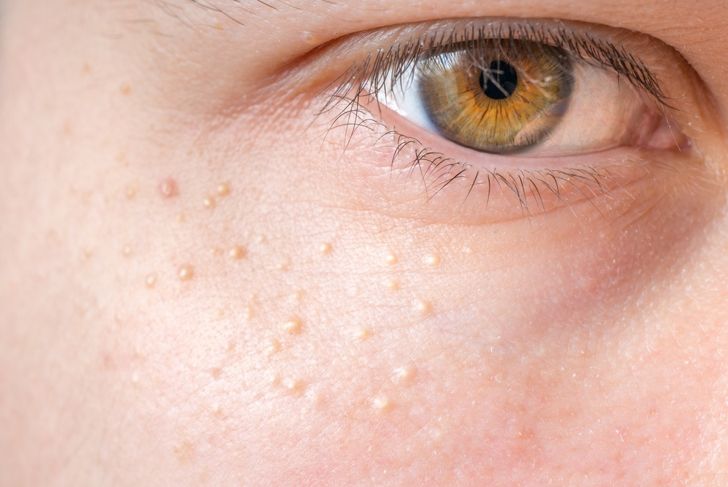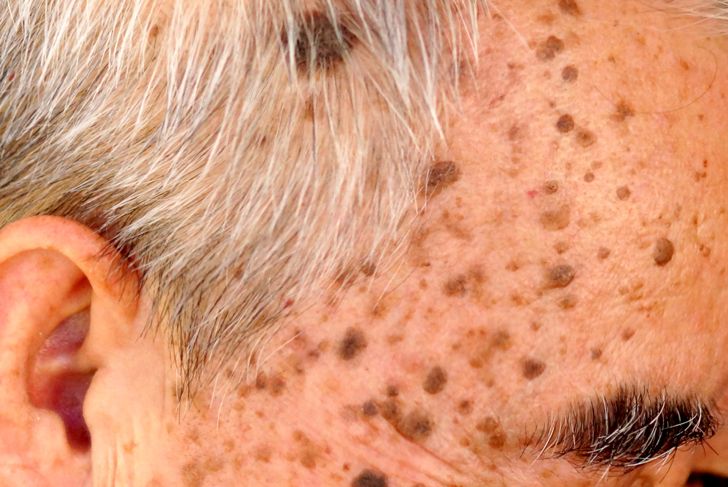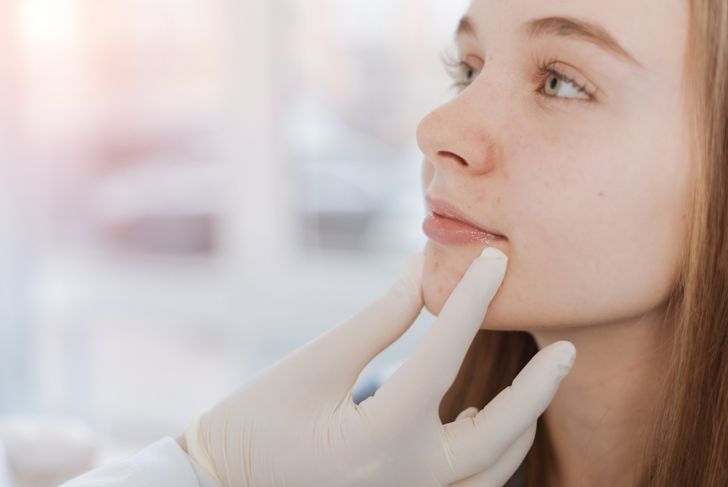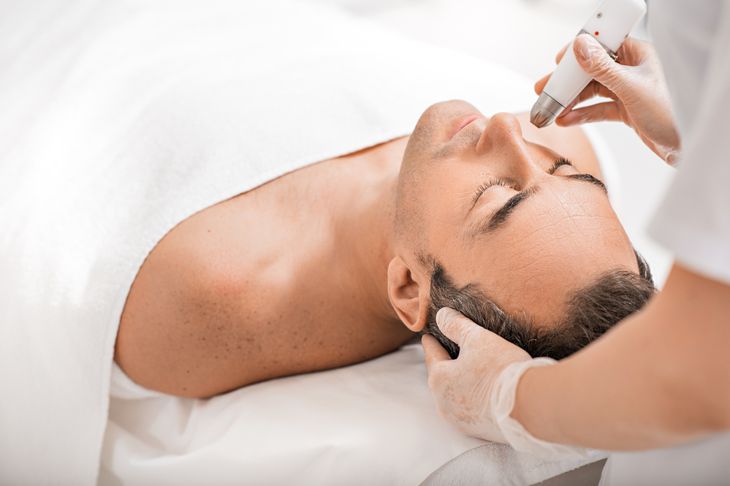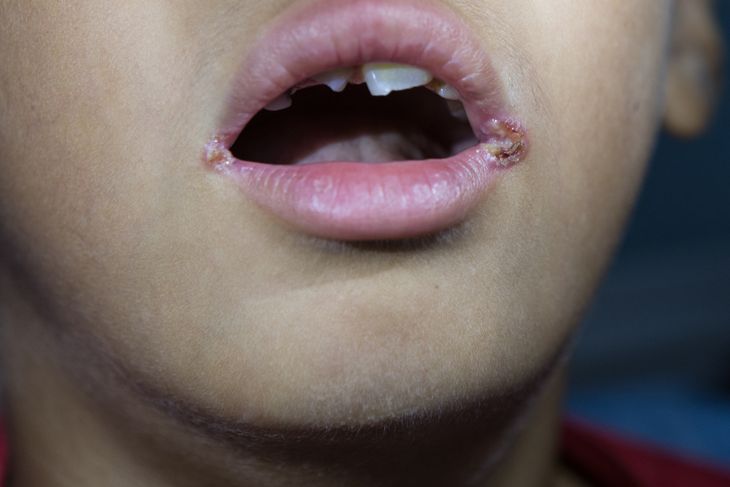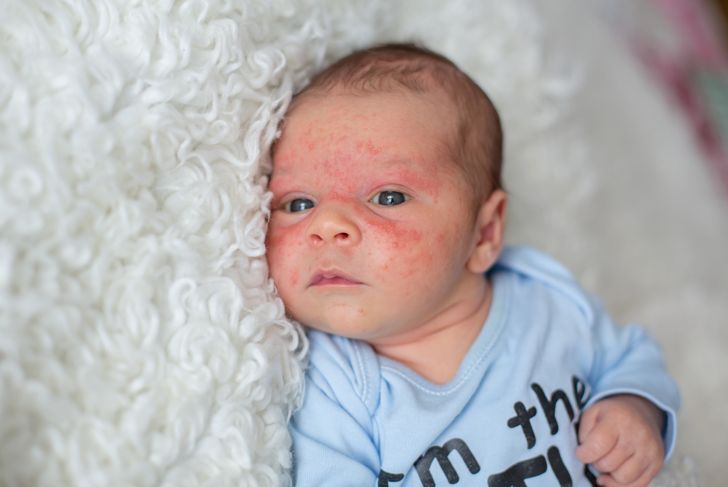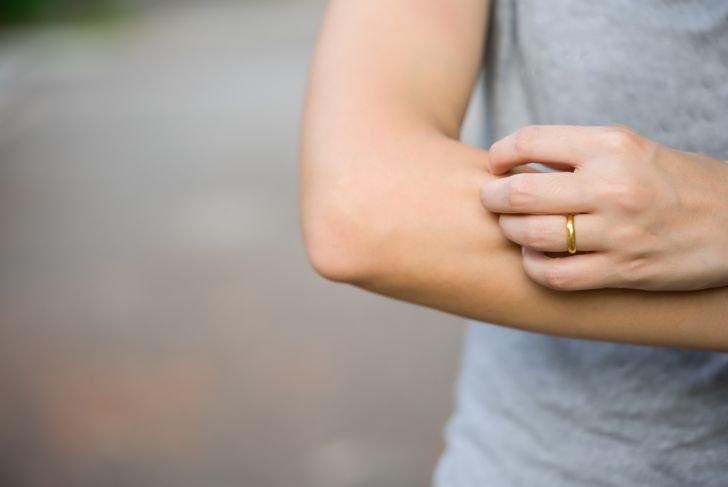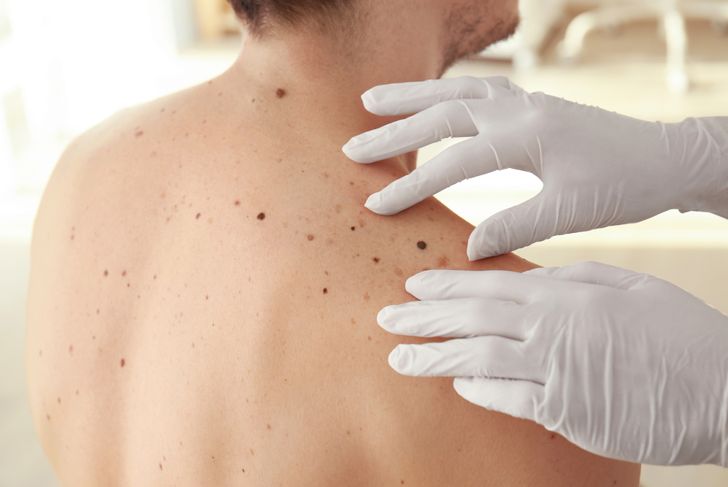As babies age, their skin undergoes a lot of changes. One change you may notice is the appearance of milia. These are tiny bumps that usually develop on an infant’s face. You will commonly see them on the cheeks, nose, forehead or chin. Milia are tiny, just 1-2 millimeters in size. They can also appear on other parts of a baby’s body. Sometimes, they can even emerge in the mouths of newborns, which may cause alarm in parents. However, milia in infants are quite healthy. Usually, they’re nothing to worry about. But this condition doesn’t only affect newborns and infants. It can affect children and adults too.
Bumps on infant’s skin
As we’ve said, milia typically affect infants. You may notice little bumps on the baby’s skin, usually on the face. But these bumps can also appear on a baby’s limbs, trunk, penis, mucous membrane, and more. Milia can also occur alongside other skin conditions like baby acne. Milia develop when dead skin gets trapped in tiny pockets of the skin’s surface. Usually, you’ll see this condition occurring in infants. When you notice this in your infant, don’t worry too much. You don’t need to treat the disease. The milia will usually fade away after some time. Also, there aren’t any lasting effects after they go away.
Cysts
Milia doesn’t just happen in babies and children. People of all ages may also develop milia. Sometimes they may manifest as small cysts or fluid-filled nodules. These form because of the accumulation of keratin. This substance, which the skin produces, gets trapped under the skin’s outer layer, ultimately forms the tiny cysts. If you’re bothered by the condition, you can have yourself checked. A specialist can help you find out what type of milia you have. Usually, if it isn’t severe, you don’t need to get any treatment. But if it’s severe, then a doctor may prescribe a retinoid cream for you. Either that or you may have to undergo a chemical peel or other procedures.
Swollen bumps
Another symptom you may notice when you have milia is the appearance of swollen bumps. It commonly occurs in adults, and the bumps usually appear on the face. However, the inflamed bumps may also emerge on other parts of the body. Rough clothing may cause the swelling of the bumps. Such materials may irritate. It further results in reddening and swelling around the milia. However, the center of the bump will remain white. Again, this symptom will usually go away on its own. But your doctor may provide treatment for it. One form of treatment is to use a sterile scalpel and a comedone extractor. You need to let your doctor do this though, and it’s not recommended to remove the milia yourself.
Lesions
One unusual symptom you may notice is the appearance of lesions. These appear when there’s a buildup of fat under the skin’s surface. This substance builds up along with the keratin. You’ll also notice these when your skin experiences a type of trauma. You can use topical medications to get rid of the condition. That is if your doctor recommends them. Otherwise, you can only wait until the milia, and all the other symptoms fade away on their own.
Develops with other skin conditions
One symptom of this condition is that it usually happens with other skin conditions. The worst part is, the milia would merely emerge without much warning. It might come out in conjunction with a skin condition like dandruff and rosacea. You may also experience this when you use too much makeup. Skincare and makeup can clog the pores which will lead to the appearance of milia. To get rid of milia, consult a dermatologist. You can have the milia removed with a laser, scalpel or a sterile needle. In doing so, a dermatologist ensures the safety of your skin.
Discoloration
Aside from the milia, you may notice some discoloration on your skin. The milia may occur alongside seborrheic keratosis. These are warty spots typically associated with the process of aging. If the appearance of the milia bothers you, you shouldn’t attempt to remove them on your own. Never pick at or squeeze the milia as it might cause an infection. A dermatologist is the best person who will deal with this condition. You can have a laser treatment to destroy and eliminate the milia. Either that or you can undergo dermabrasion. Dermatologists use this procedure to remove your skin’s outermost layer with the bumps.
Bumps in the mouth
Another symptom you may notice is the emergence of bumps in your mouth. You may see them on the roof of your mouth or the gums. They may look like small teeth growing out of your gums. Just like milia on the face, these are usually harmless. However, a lot of people want to have them removed. Accumulation may be the culprit for this symptom once again. Sometimes, the milia in your mouth may clear up without any treatment. With adults though, milia may not clear up immediately. They may last for weeks, months or even years!
White to yellow bumps
Just like with infants, milia on adults are also very small. But unlike with infants, these emerge as dome-shaped, white to yellow bumps. Typically, these bumps aren’t itchy or painful. Milia commonly appear in areas around the face. These include the cheeks, nose, eyes, forehead, and more. They usually develop on faces of people who have sustained a lot of sun damage. However, they can also emerge on other parts of the body such as the back of the hands. These white to yellow bumps appear because of different factors. From environmental pollutants to accumulation, and buildup, there’s a lot to consider. Unfortunately, milia in adults last longer than it does on kids. You need the right tools to remove them, so it’s not advisable to do so at home. This would be quite dangerous, and it might leave you with scars.
A group of bumps which may feel itchy
Although milia aren’t usually itchy, in some cases, they can be. This type of milia would usually emerge in other parts of the body aside from the face. You may notice it on the upper portion of your arms and trunk. With this symptom, the milia manifest itself in a cluster or group of bumps which feels itchy. To relieve this symptom, you may use a topical retinoid cream. Also, you may have a treatment done at your dermatologist’s office. You can undergo a microdermabrasion procedure or acid peels.
Bumps on healing skin
You may also notice the milia appearing on healing skin. If you’ve suffered a traumatic injury, milia might arise while you’re recovering. Such injuries include blisters, burns, rashes, and more. In this case, the damage causes the milia to appear. To treat this, you may have to undergo resurfacing procedures on your skin.

 Home
Home Health
Health Diet & Nutrition
Diet & Nutrition Living Well
Living Well More
More